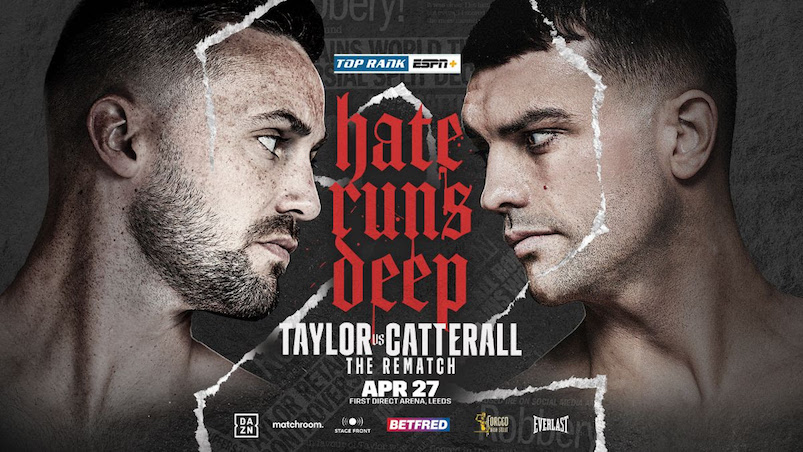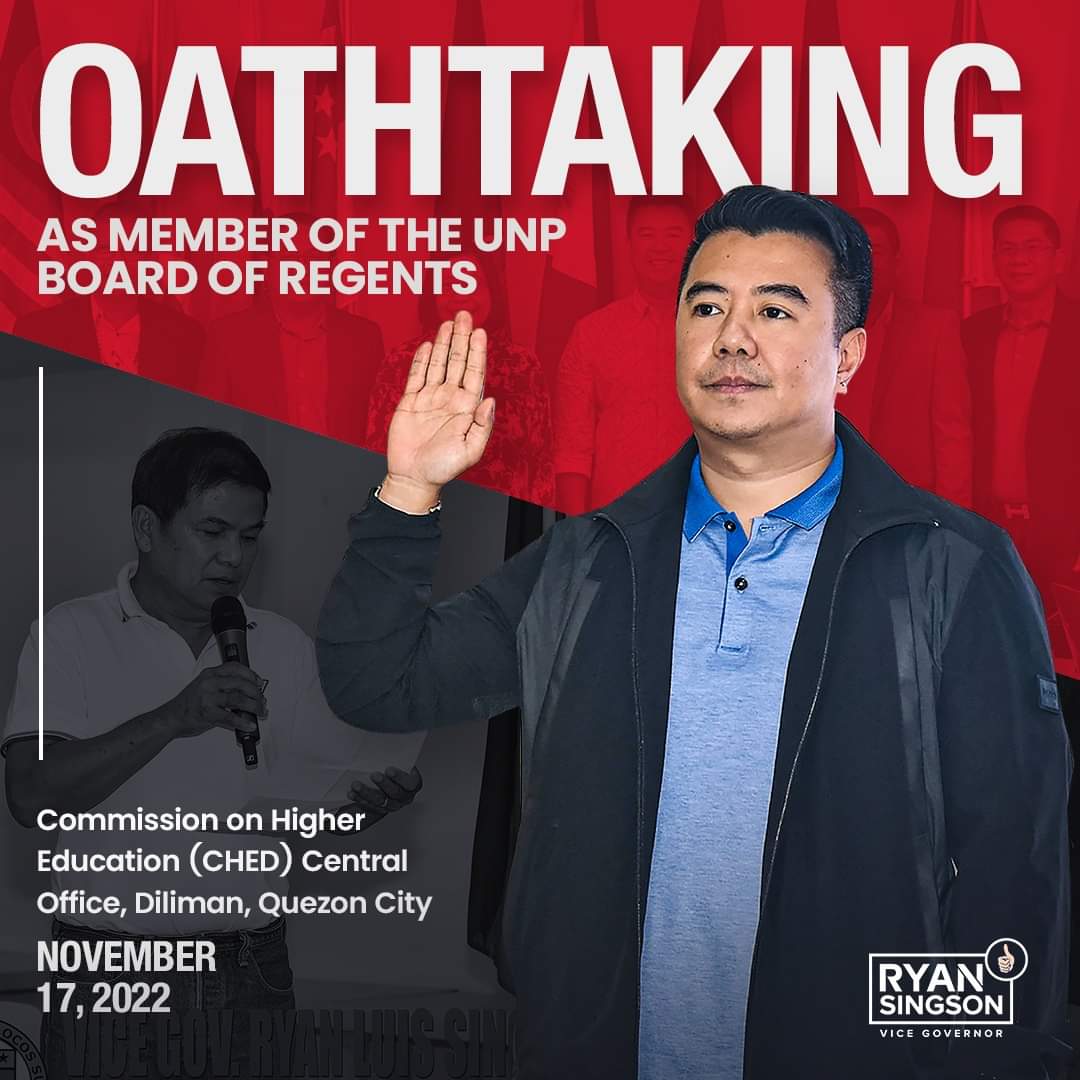With just under six minutes to play in an early measuring stick game against Kemba Walker and the Charlotte Hornets, Channing Frye hits a three-pointer off an assist from LeBron James. After being down by a point heading into the fourth quarter, the three gives the Cleveland Cavaliers a nine point lead. Coming out of a Hornets time out, Kyrie Irving stays right where he’s been all quarter: on the bench.
Irving is nothing if not full of pride and self-assuredness. Given what he’s accomplished at such a young age, it’s generally justified. Walker has had much of the league talking as he builds on an excellent 2015-16 campaign. How would Irving handle being left with Kevin Love and Tristan Thompson on the bench? By cheering, with vigor. With each made Frye or Iman Shumpert three, or Jordan McRae dive and dish, Irving rose with his teammates in genuine solidarity.
Would Irving have always taken the benching in stride? His answer was remarkably honest.
“I don’t know. I don’t know. I had different coaches back then. Different relationships, different teammates ... not that they’re to blame but, I don’t know. I don’t know what my reaction would have been,” he said. “But I know, living in the present now, and getting this win ... and not playing in the fourth quarter and [Tyronn] Lue showing trust not only in our big fella 2-3 (LeBron James), but also the guys that were in, shows the growth of our team which I’m really excited about.”
Much is made of Irving’s score-first style, and what type of teammate that would make him. After a tight win over the Dallas Mavericks last March, it was reported that several Cavaliers were frustrated by his single-assist performance with 28 shots.
“People want you to do this or do that, but you gotta do what’s made you successful. That’s the bottom line, no matter what people say.” - Hornets guard Brian Roberts
People on the inside now, though, are increasingly comfortable with where Irving’s offense is. First, Tyronn Lue went out of his way to defend Irving to none other than President Obama when the president called to congratulate the Cavs for their title victory.
Said Lue to Obama, unprompted, “The biggest thing with Kyrie is just not listening to the media and listen to me and be aggressive and score the basketball.”
And James Jones, who is as close to a player-coach as you’ll find in the NBA, says that “It’s the difference between what people on the outside think what we need, and what our team is built for. Our team isn’t built for Kyrie to go out there and have six points and have 15 assists. That’s not what we are. He’s a threat. He’s one of the best scoring guards in the NBA. And to not use his skills, to try and make him play a prototypical role is senseless. We don’t have the type of players that is conducive to get 18, 20 assists off jump shots. We have to get scoring in the paint, and outside of him and LeBron, we don’t have many rim-attackers. When people look at a point guard ... he’s more dynamic than most, and our team needs him to be that ... His pressure on the rim, LeBron’s pressure on the rim allows our shooters to survive and thrive. And we need him like that.”
Hornets guard Brian Roberts, who was a do it all scoring guard both in high school and at the University of Dayton adds that “People want you to do this or do that, but you gotta do what’s made you successful. That’s the bottom line, no matter what people say. He’s done a good job.”
More and more, Irving seems to have earned the respect and even admiration of his teammates. That he’s stepping out of his own and enjoying his teammates’ successes - even without him - might not be a happy coincidence. But there’s one Cavalier who has been there from the beginning.
For Tristan Thompson, it’s been a battle for a different kind of respect
An hour after the Cavs have completed their 100-93 win over the Hornets, Irving dances (literally) into the locker room. Fear the Sword is talking to Tristan Thompson, who immediately starts giving a play-by-play.
“Look at him now. He’s got his [darn] shirt off, got a bunch of extra shots up, you know what I’m saying?”
Irving would later say he had been lifting weights, but Thompson clearly enjoyed highlighting that Irving had been working. For his first few years in the league, working hard was Thompson’s saving grace. Drafted as a springy rim protector and energy big, the Canadian big man was as raw as advertised coming out of the University of Texas. Whereas Irving’s first half decade in the league was a war for status as a top point guard, and a proxy war for what the point guard position should be, Thompson was fighting for a spot in the league at all.
Interestingly enough, his career, too, has been a proxy war for a league moving towards having no positions at all. Drafted as an undersized power forward, Thompson now spends most of his time as a nominal center. Is there a place in the NBA for a big who can’t shoot or protect the rim? Most of the league’s conventional wisdom says no, and Thompson has had to fight for his space in the league in this context.
And Double-T, as he’s affectionately called by Austin Carr, has really pushed the envelope on just what an NBA team can survive on without those skills from a big in his time in the league. He’s just a few years removed from being one of the worst rim protectors in the league, per Seth Partnow’s (now of the Milwaukee Bucks) metric. He registered a true shooting rate of 46.9% as a rookie, insanely low for a big man that attempts virtually all of this shots inside the restricted area. He ultimately changed hands that he shoots with after sustained difficulties from the free throw line.
With Thompson flirting with bust territory after his selection in the top-five of the 2011 draft, and Irving struggling to build rapport with rosters built to lose lots and lots of games, the only constants with the Cavs were change and losing. The rosters were in flux. Coaches came and went. The only roster continuity came from Irving, Thompson, and the oft-injured Anderson Varejao.
Irving and Thompson aren’t best friends, and they don’t necessarily go out of their way to hang out with each other off the court. But that doesn’t mean they aren’t close. As Thompson puts it: “I think the best thing for me and him was that we went through the struggle together, having someone to lean on and go through the same stuff.”
Fred McLeod, the Cavs’ play-by-play commentator for Fox Sports Ohio, places a premium on the time Irving and Thompson have put in for the Cavs. “When you have guys who are lottery picks ... and they stay together, that’s the continuity, a bond that grows. When guys stay with one franchise, they know each other without even having verbal communication.”
Did you learn that from Draymond-
“No I did not learn that from Draymond Green. I learned it from watching film and working with my teammates.” - Tristan Thompson
Luckily for Thompson and the Cavs, his game has changed with continuous improvement. His true shooting rate has increased each year that he’s been in the league. He’s a dynamic pick and roll finisher that team’s must account for. In 2015-16, low usage and a low turnover rate helped him notch the NBA’s top individual offensive rating. It’s in many ways a silly statistic; Thompson still isn’t a particularly skilled player. But it speaks to Thompson making efficient use of the few possessions he does use.
While Thompson has mostly been able to turn himself into a just-competent-enough free throw shooter, the biggest factor in his improvement as it relates to efficiency was simply changing where he takes his shots.

The shot chart above indicates that just 51.2 percent of Thompson’s shots came at the rim in the 2013-14. In the 2015-16 season, Thompson attempted over 79 percent of his shots within five feet of the rim, converting 65.7 percent of them, per the NBA.com media stats site.
Beyond taking more shots at the rim, Thompson is also taking less shots period, something that Frye is quick to point out, and credit.
“His maturity, when it comes to understanding his role and what’s going to make us good, and make us a championship team is amazing,” he says. “You know, usually young guys, it’s like ‘hey man’, once they get paid or get some acknowledgment that they’re like ‘well I want to do more’, ‘I want to score more’ and Tristan understands what it takes for us to win, and the little things for what will help him develop into what he wants to be in the future.”
Thompson’s impact defensively is tougher to measure, but it’s the versatility he provides that keeps him on the floor for the Cavs. There aren’t many centers that can bully him, and there aren’t many guards that can beat him off the dribble. Being able to guard multiple positions with a passing grade gets you the trust of coaching staff’s that often resort to switching on screens late in the game.
Thompson’s defense late in this early-season win over the Toronto Raptors in 2014 (preserved by William Bohl) was a harbinger of things to come. Thompson’s ability to guard either Paul Millsap and Al Horford while also switching onto Jeff Teague has made life miserable for the Atlanta Hawks over the previous two seasons, to the point where the addition of Dwight Howard almost feels like a direct counter to Thompson. While few bigs in the league can match the quickness or tenacity of Draymond Green, but Thompson has held his own two years running now in the NBA Finals.
Thompson might be emulating his foe Draymond Green in a new way this year. In a pick and roll obsessed league, teams are attempting to force the ball out of Irving or James’ hand off a Thompson pick earlier than ever. This often leaves Thompson with the ball and a 4-3 opportunity heading towards the basket. Green carves up rotating defenses by finding open three point shooters when teams do this to Steph Curry and now Kevin Durant. Thompson is increasingly showing off this ability himself, and it hasn’t gone unnoticed by the head coach.
“He worked on it last year a lot,” says Lue. “[Cavs coaches] Phil Handy, James Posey and Vitaly [Potapenko], those guys have done a great job outside of bigs and smalls shooting, you know, getting that little short pocket pass, making the right read and either finishing at the basket or spraying it out for threes. Tristan’s gotten really good at it. We’ve gotta continue to work on that because teams are gonna play it differently. He’s gotta continue to make the right read.”
For his part, Thompson says it’s been a focus. “I’ve been doing that [practicing] all the last year. Especially when they double-team Kyrie and LeBron ... I gotta short-roll and be a playmaker for other guys.”
Did you learn that from Draymond-
“No I did not learn that from Draymond Green. I learned it from watching film and working with my teammates.”
Thompson isn’t going to become an elite passer, or probably even a very good one. But constant and steady improvement has been the rule during his career, and it provides just one more wrinkle for opposing defenses to fret over as the Cavs continue to attempt - and make - more and more three pointers. Thompson’s assist rate hasn’t seen a huge change, but put in the context of his falling usage and diminished offensive role, it’s nice to see that it hasn’t decreased. It’s just another tool in the toolbox.
LeBron James arrives, and Irving and Thompson meet a new challenge
By their third season in the league, Kyrie Irving and Tristan Thompson were asked to be leaders of a team hoping to get back to the NBA playoffs. Former general manager Chris Grant surrounded the pair with big-money additions in Jarrett Jack, Andrew Bynum, and Earl Clark. Dion Waiters was agitating for a larger role.
The Cavs floundered, and it appeared as though Irving had regressed. In a famous incident with the mercurial Waiters, the 2011 draftees were accused of “playing buddy ball.” It wasn’t clear just how good Irving would end up, and while Thompson had elevated his play to the level of a solid big off the bench, his name was the subject of endless trade rumors.
The potential downside to the addition of LeBron James was pretty much non-existent for Tristan Thompson. As a part of the Klutch sports family, Thompson had a deep relationship with James well before his return. On the court, James’ court vision is a tide that lifts all boats. For Irving, though, it was a little bit less clear. He had just signed a max deal, and it looked like he was going to be alpha in the Cavs locker room for the foreseeable future. With LeBron, that wasn’t going to be the case.
“For them to be so young and to be put in these kinds of situations is amazing, and they’ve embraced it.” - Channing Frye.
James Jones was empathetic for Irving’s situation, saying that in his time in Cleveland he’s tracked the maturation process. “It’s just very, very tough to take a young guy and ask him to be the leader of a veteran team. He had always been the youngest while he was here, and now he’s playing with a bunch of veteran guys. Trying to learn from those guys was difficult.”
One player he saw go through that process before Irving? LeBron James, when they met playing for Miami. Jones continued to Fear the Sword, “I actually had an opportunity to play with LeBron, who is arguably one of the best players in the world. And if you’re on the outside looking in, you think all players are selfish and are jockeying for self-interest and hierarchy, but it was to the contrary. He wanted to learn as much as he could from a true vet on how to be a true leader, because he knew that for this thing to work you couldn’t have one guy that leads your team. You have to have multiple leaders.”
In the end, Jones seems to have hinted that for Irving to step up as one of those leaders it meant James and some of the other vets had to have a greater understanding of who the young guard was as much as it involved Irving opening up.
“He’s a student,” Jones says. “He’s a smart kid. And if you get a chance to know him, he’s calculated, and very direct with the things that he needs to be a successful basketball player. For him it was leadership, and he’s acquired those skills. You can see it coming through, game by game, but in the Finals, it peaked.”
For whatever bumps along the road there were with Irving and James, the issues have at least temporarily receded. From the perspective of the once and perhaps future Cavalier Dahntay Jones, Irving deserves a lot of credit for this.
"I've known Kyrie for a long time, and I've got the chance to watch him grow as a player,” Jones told Fear the Sword during last year’s playoff run. “He's just been awesome. Just, his growth pattern, how much he's willing to learn and listen to LeBron and try and take as much from him ... in the situation he's in you could have an ego and try to figure it out yourself, but he's been trying to learn from him ... that's his big brother."
For Thompson’s part, he rejects the notion that he helped bridge a gap between Irving and James. “Kyrie had the relationship with LeBron too.” And perhaps bridging gaps between the world’s best player and a potential superstar is above the pay-grade of the league’s consummate role player. Even so, it’s hard not to notice how well Thompson has navigated the ups and downs since James arrived.
Irving and Thompson occupy a strange space as two of the youngest players on the league’s oldest team, and as elder statesmen of Cavs franchise longevity. As they evolve on the court and as individuals, teammates agree that the opportunity for leadership roles will only expand.
“When you’re on a team like this, where you respect guys that put in the work, everyone has a voice,” Frye says. “Some voices are louder than others, of course but if you look at a pecking order, those guys are up there. They don’t really speak up until they really need to say something and I think when they do speak they are listened to.”
In their first three seasons in the league, the Cavs won a combined 78 games and won the lottery twice. They won 73 total games last season en route to an NBA title. The stakes keep getting higher, but both have simply gotten better as the lights get brighter.
“For them to be so young and to be put in these kinds of situations is amazing, and they’ve embraced it,” says Frye.
McLeod probably puts it best while thinking about the pair and how far they’ve come. “Frankly, they’re proud of each other for what they’ve done.”
It’s a sentiment shared.





